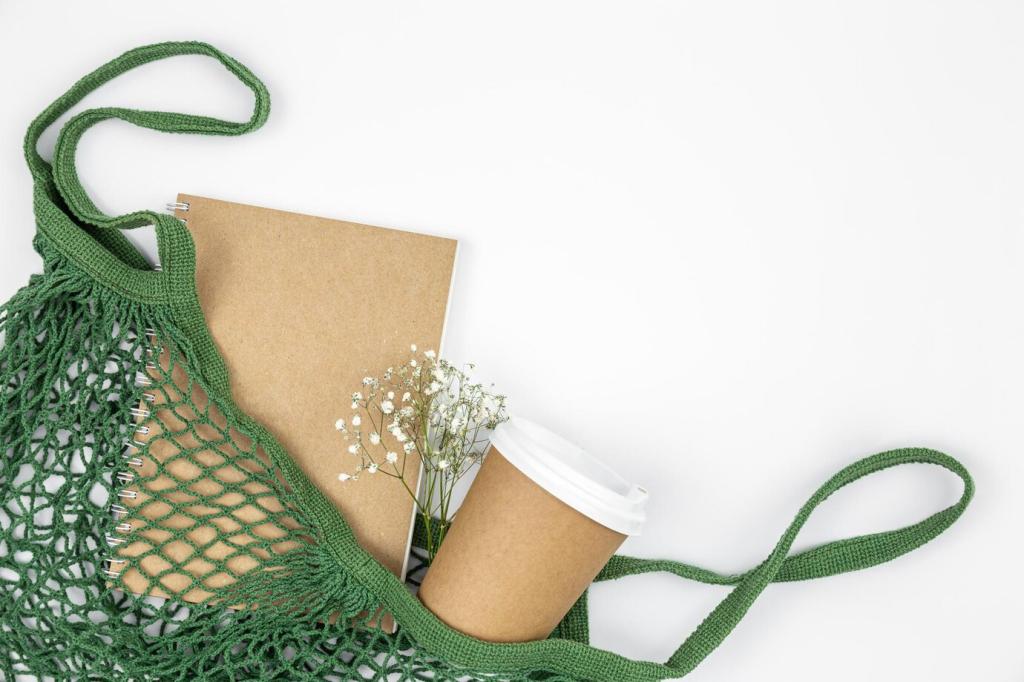Creating Routines for Work-Life Balance
Chosen theme: Creating Routines for Work-Life Balance. Welcome to a warm, practical space for designing daily rhythms that protect your focus at work and your joy at home. Read on, share your favorite rituals in the comments, and subscribe to grow along with us.
The Psychology of Predictability
Your brain loves patterns because predictability lowers uncertainty and calms the stress response. When mornings and evenings follow familiar steps, you spend less energy firefighting and more energy showing up fully for teammates, partners, and yourself.
Easing Decision Fatigue
Every micro-decision taxes your focus. Pre-deciding breakfast, commute, and first task preserves willpower for tough meetings and tender conversations. Routines shrink the daily decision menu so your attention can nourish what actually matters after work.
Story: The 7:42 Train Habit
Maya stopped snoozing by committing to the 7:42 train, creating a non-negotiable anchor. Within two weeks, her evenings felt longer, laundry finally got folded, and she started sketching again. What anchor time could quietly transform your day?

Designing a Grounded Morning Routine
Choose one consistent wake time, add five gentle minutes of movement, and finish with a one-sentence intention. This trio tells your nervous system, “We’re safe and ready,” and frames the day before emails steal your attention.
Designing a Grounded Morning Routine
Prep simple, nourishing staples—overnight oats, eggs, or fruit and yogurt—paired with a full glass of water. Sit, breathe, taste. Treat breakfast like a tiny ceremony, and watch the rest of your day imitate its calm.
Boundaries at Work That Protect Your Life
Instead of juggling endless to-dos, allocate ninety-minute focus blocks with fifteen-minute buffers. When time ends, switch deliberately. This structure reduces context switching and makes finishing on time feel normal, not miraculous.
Boundaries at Work That Protect Your Life
Create no-meeting windows, decide your latest acceptable meeting start, and rehearse a kind refusal. Try, “I’d love to help, but my plate is full. Can we revisit next week?” Your evenings will thank you.


Transition Rituals That End Your Workday
01
Close loops by reviewing tomorrow’s calendar, capturing loose tasks, and naming your top three for the next day. Say out loud, “Shutdown complete.” That tiny phrase separates roles and reduces late-night mental tab juggling.
02
If you work from home, create a twelve-minute walk, stretch, or bike loop as your symbolic commute. Pair it with a favorite playlist to decompress and arrive in your evening like a guest you respect.
03
Hang your keys, take one slow breath, and name the shift: “Now I’m home.” Repetition teaches your body this doorway equals relief. Share your own end-of-day cue so others can borrow and adapt it.



Weekends That Refill Your Tank
Sketch two anchors—a mini adventure and a home project—and leave the rest blank. This balance creates freedom within form, giving you stories to share and energy to carry forward.


Weekends That Refill Your Tank
Batch chores into twenty-minute sprints, blast a favorite playlist, and set a visible timer. Celebrate completion with a small reward. Fast, focused bursts beat sprawling, joyless cleanup marathons every single time.
Adapting Routines During Chaos
Identify three non-negotiables—hydrate, move five minutes, and plan one priority. When chaos fades, rebuild. Until then, let these anchors keep you steady and kind to yourself through demanding seasons.
Hold wake and meal anchors near local daylight, hydrate aggressively, and limit late meetings the first two nights. Quick sunlight exposure rewires your clock faster than caffeine can fake alertness.
Pair with a friend for weekly check-ins. Share one win, one wobble, and one tweak. Small, compassionate accountability keeps routines alive without shame when life feels particularly unpredictable.

Measure, Iterate, and Celebrate
Rate morning energy and evening calm on a simple scale. If effort rises but energy falls, tweak the routine. Feelings are data guiding smarter, kinder adjustments over time.
Measure, Iterate, and Celebrate
Color-code your week—green for energizing, yellow for neutral, red for draining. Choose one red block to redesign next week. Share your audit insights so others can learn and iterate with you.
Measure, Iterate, and Celebrate
Pick one micro-routine and practice it daily for a month. Post your check-ins, invite a friend, and subscribe for prompts. Small steps, repeated, reshape entire weeks faster than grand plans.
